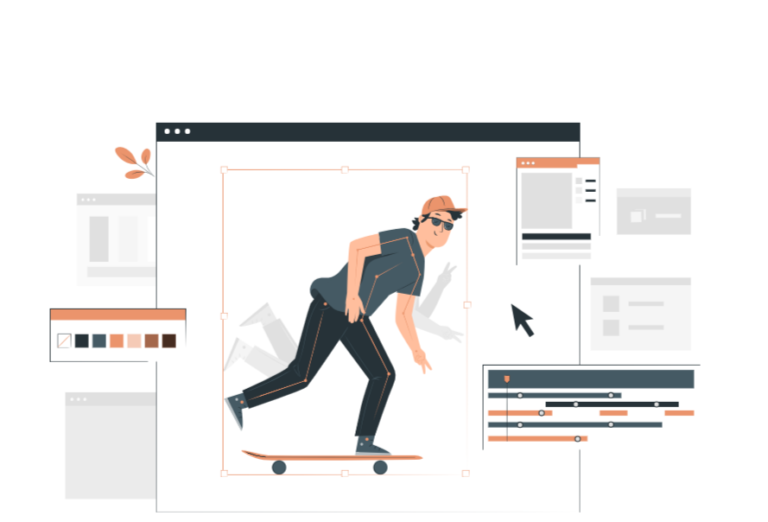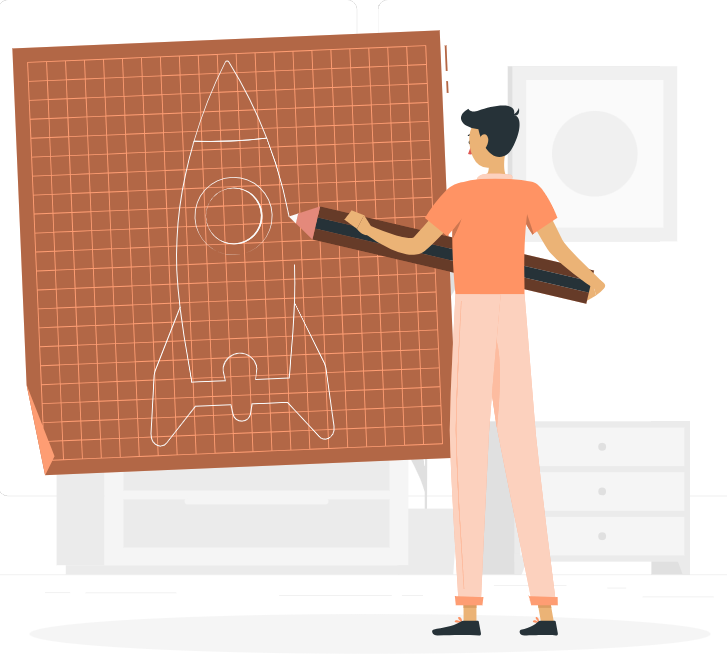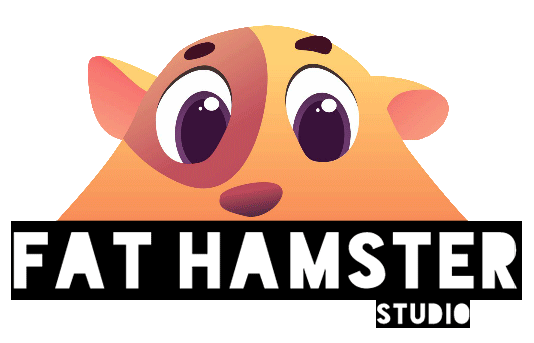Virtual Reality (VR) and Augmented Reality (AR) are revolutionizing the way we experience the digital world, and animation is playing a pivotal role in shaping these immersive environments. As VR and AR technologies continue to evolve, animation studios are helping to create visually stunning, interactive experiences that captivate and engage users in ways never before possible. Let’s explore how animation contributes to VR and AR, the industries utilizing these technologies, and the skills required to succeed in this exciting niche.
1. Animation’s Contribution to VR and AR
In both VR and AR, animation brings virtual environments and characters to life, enhancing the realism and interactivity of these technologies. In VR, where users are fully immersed in a computer-generated world, animation is essential for creating dynamic environments, characters, and objects that respond to user interactions. These animations help simulate realistic movements, fluid transitions, and lifelike scenarios that draw users into the experience.
In AR, animation overlays digital elements onto the real world, often through mobile devices or AR glasses. Animation is key to making these virtual elements blend seamlessly with physical surroundings, from animated characters interacting with the environment to interactive product displays. Animation studios use cutting-edge techniques to ensure these virtual objects behave realistically when integrated with the real world.
2. Key Industries Utilizing VR and AR Technologies
- Gaming and Entertainment: The gaming industry is one of the earliest adopters of VR, where animation helps create immersive virtual worlds and characters that respond to player input. AR has also found a place in mobile games like Pokémon Go, where animation enhances the experience of interacting with virtual characters in real-world environments.
- Healthcare: In healthcare, VR is being used for medical training and simulations, allowing students and professionals to practice procedures in a controlled virtual environment. Animated simulations help convey complex medical scenarios and anatomical structures in a way that is interactive and easily understood.
- Retail and E-commerce: AR is transforming the shopping experience by enabling customers to try on products virtually. Animated simulations allow users to see how products, such as clothes or furniture, will look in real-time, enhancing decision-making and increasing engagement.
- Education and Training: VR and AR are used to create immersive learning experiences. From historical reconstructions to engineering simulations, animation is used to create dynamic and educational content that engages learners and provides hands-on experience in a virtual environment.
3. Skills Required for VR and AR Animation
Working in the VR and AR space requires a combination of traditional animation skills and specialized knowledge of immersive technologies. Key skills include:
- 3D Animation and Modeling: A strong understanding of 3D modeling and animation is essential, as VR and AR often require complex, lifelike 3D assets.
- Interactive Design: Animation studios need to work closely with developers to ensure animations react in real-time to user inputs, creating a fluid and responsive experience.
- Software Proficiency: Familiarity with industry-standard tools like Unity, Unreal Engine, and Autodesk Maya is crucial for creating VR and AR content.
- Understanding of VR and AR Hardware: Knowledge of VR headsets, AR glasses, and mobile AR applications helps animators tailor their work for the specific hardware requirements of these platforms.
Conclusion
Animation is a cornerstone of building immersive VR and AR experiences, transforming how users interact with digital content. Whether it’s creating lifelike environments for gaming, enhancing medical training, or providing virtual product experiences, animation plays a key role in bringing these technologies to life. As VR and AR continue to grow across industries, animation studios will remain at the forefront, pushing the boundaries of what’s possible in the world of immersive experiences. For those looking to enter this niche, developing a diverse skill set that includes 3D animation, interactive design, and VR/AR development is key to success.





